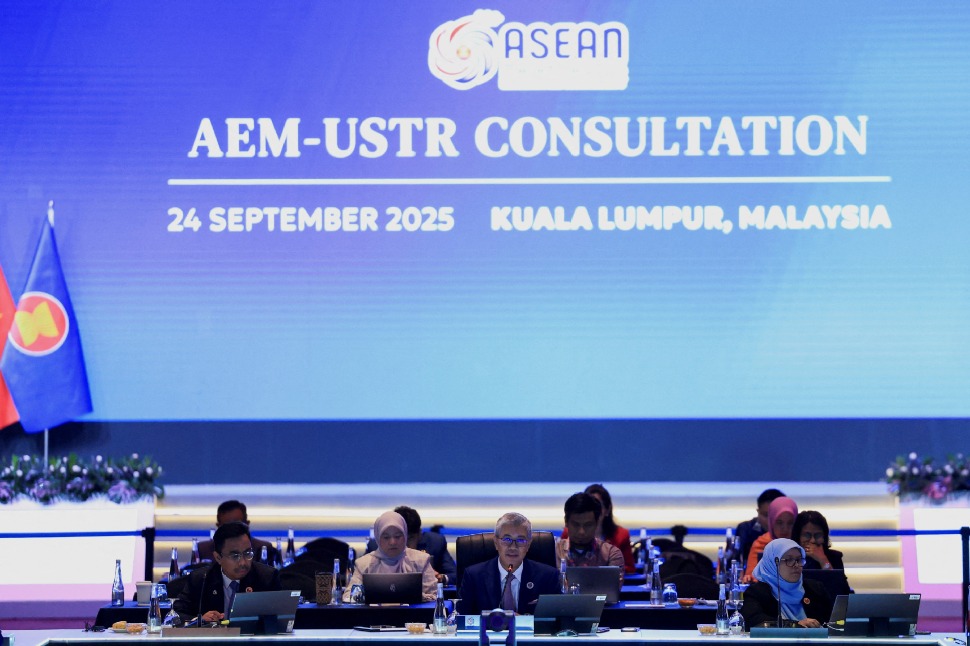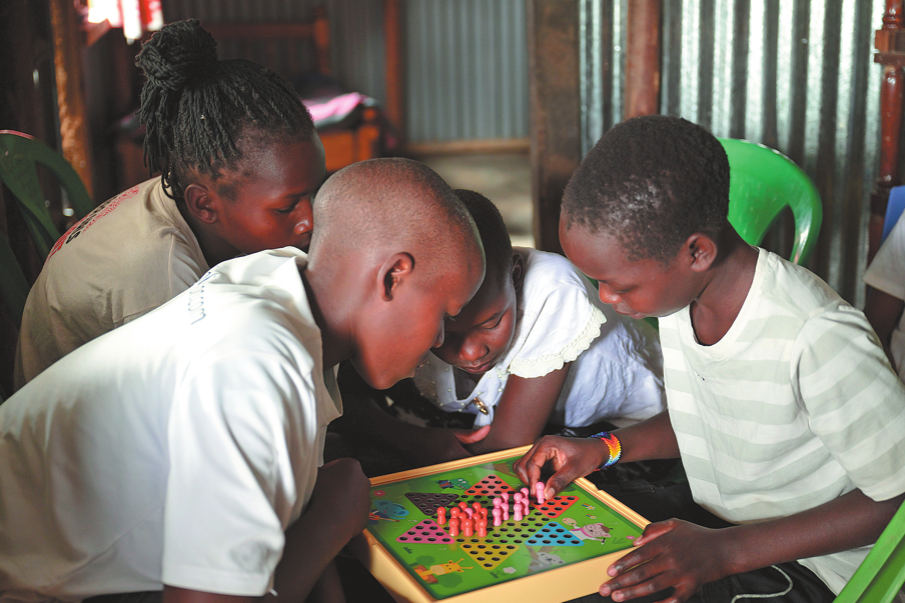Sub-Saharan Africa's smaller economies set to outpace regional giants amid global volatility

Sub-Saharan Africa's smaller economies are expected to sustain strong performance this year, outpacing regional heavyweights such as South Africa and Nigeria, according to financial analysis firm BMI.
However, the upbeat forecast by the Fitch Solutions subsidiary masks lingering vulnerabilities, including insecurity, policy uncertainty and exposure to global volatility, particularly tariffs imposed by the United States.
BMI projects Sub-Saharan Africa's overall economic growth to accelerate from 3.1 percent in 2024, 3.8 percent this year, to 4.1 percent in 2026 — the fastest pace since 2014. The rebound is expected to be supported by stronger performance in South Africa, Nigeria, Kenya, Ghana and Angola, alongside robust momentum in other markets.
Andreu Paddack, a Sub-Saharan Africa country risk analyst at BMI, said Lesotho remains the region's most exposed economy to US tariffs. The textile sector, responsible for 21 percent of GDP and 92 percent of manufacturing jobs, is both the most exposed and the most vital to Lesotho's economy.
In addition, Paddack noted that Malawi faces steep and immediate economic challenges. Inflation remains entrenched, foreign exchange reserves are critically low, and public debt has risen to nearly 88 percent of GDP.
Malawi's growth is projected to rise modestly to 2.6 percent this year and just above 3 percent in 2026, but the country's dependence on agriculture, which accounts for around 80 percent of exports, exposes it to recurrent weather shocks.
In Mozambique, real GDP growth is expected to accelerate to 3.4 percent in 2026, driven by momentum in the gas sector and stronger private consumption.
Orson Gard, senior analyst at BMI, said renewed work on TotalEnergies' project in the country will continue to boost fixed investment, with ExxonMobil also expected to reach a final investment decision on a similar-size liquefied natural gas venture next year.
Gard added that Mozambique's currency, the metical, is likely to remain stable through 2026.
Zambia, meanwhile, holds one of the region's most optimistic outlooks. GDP growth rose from 4.5 percent year-on-year in the first quarter of 2025 to 5.2 percent in the most recent quarter, supported by expansion in agriculture, mining, finance and information services.
Gard said easing price pressures, a stronger currency and muted global energy prices are expected to lift household consumption, while improved water and power supply following last year's drought will support agriculture and energy-intensive sectors such as construction and manufacturing.
Growth is forecast to reach 7.4 percent in 2026, fueled by mining – particularly copper – and investments in energy generation, with the government promoting private sector participation to diversify away from hydropower dependence.
Zimbabwe's growth is forecast at 5.8 percent for 2025, buoyed by a rebound in agriculture and stronger gold exports.
However, BMI projects a slowdown to 3.9 percent in 2026 due to tighter monetary policy, persistent power outages and fiscal consolidation.
Jane Morley, head of SSA country risk at BMI, said inflation - which has plagued Zimbabwe for years - is expected to ease next year, supported by recovering farm output and the greater stability of Zimbabwe Gold.
Beyond southern Africa, BMI warns that political risks in the Horn of Africa will remain high. Nevertheless, BMI projects solid growth across the Horn: Eritrea at 3.8 percent, Djibouti and Somalia at 4.2 percent each, and Ethiopia at 7.2 percent.
"Ethiopia's growth is one of the strongest globally, especially impressive when you consider that it is not a resource intensive economy," Sayen Gohila, a Sub-Saharan Africa country risk analyst at BMI, said.
Gohila added that Ethiopia's modernization drive, combined with concessional financing, private-sector-led investment and pro-business reforms, will continue to underpin the country's economic transformation.
edithmutethya@chinadaily.com.cn

































